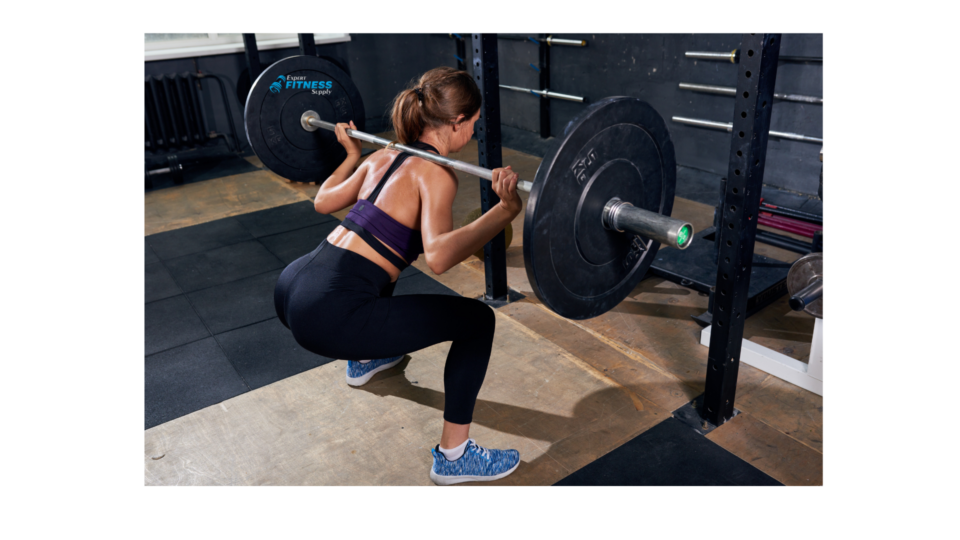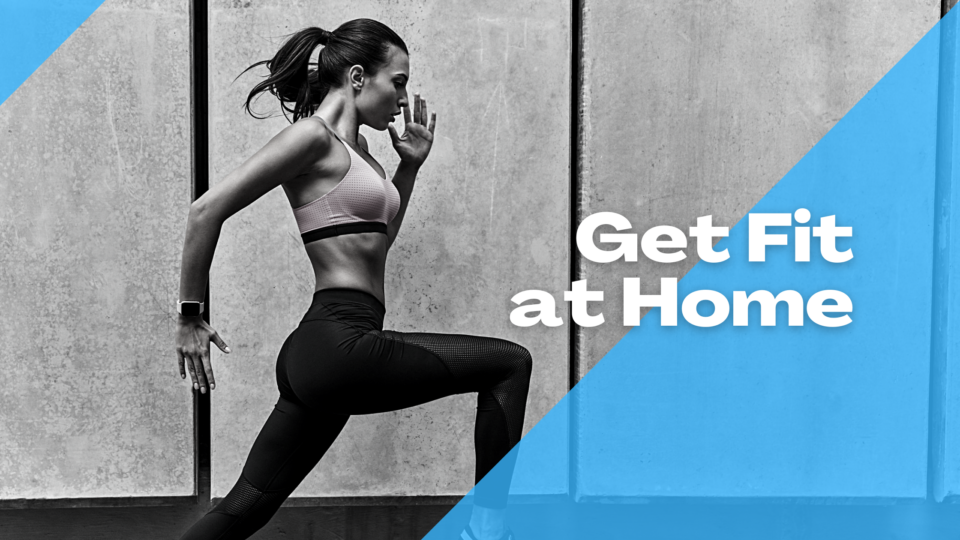- Email us if you have any questions:
- [email protected]
Do You Really Need a Workout App to Get in Shape at Home?
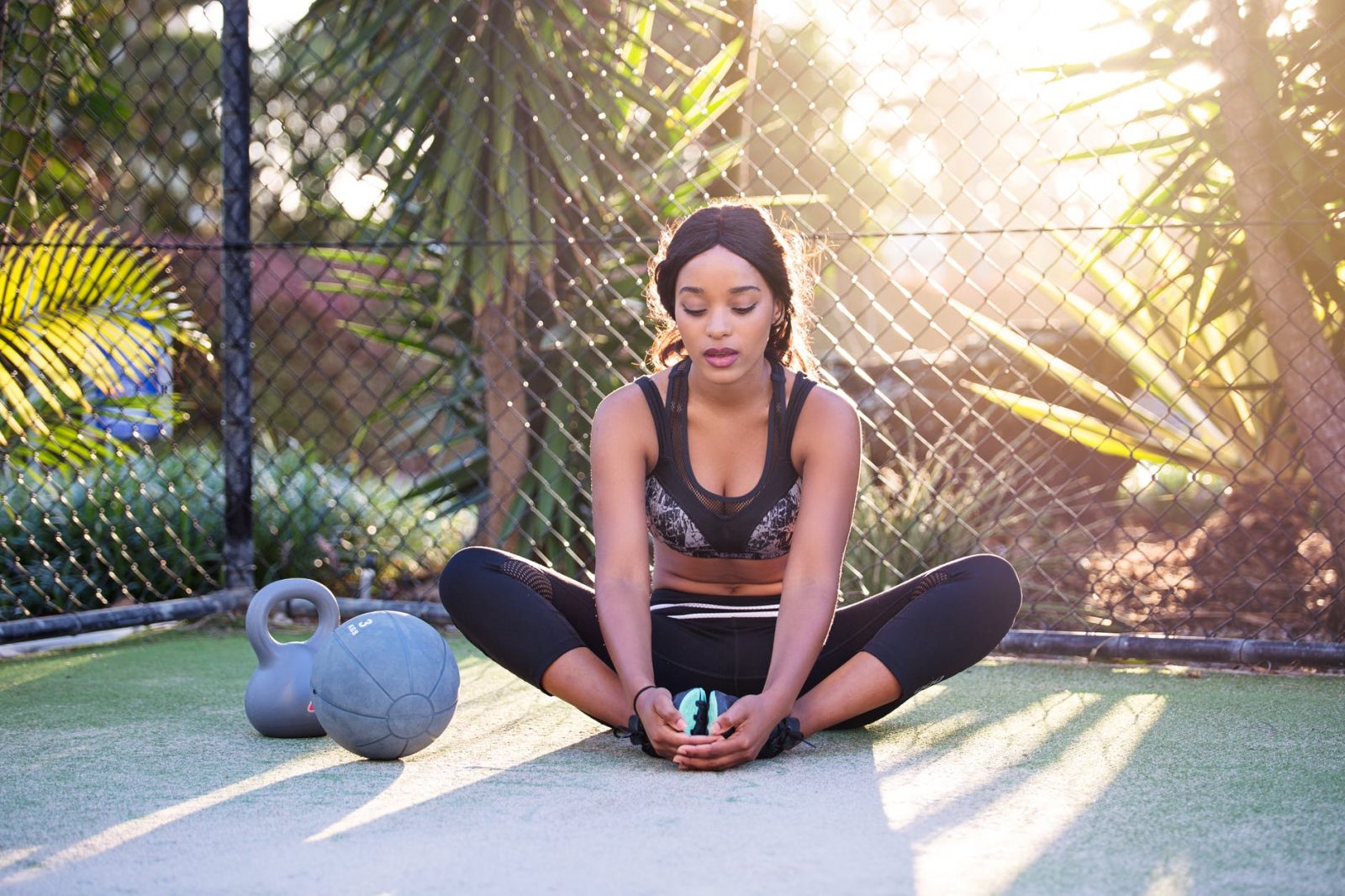
How Exercise Affects Your Immunity
May 1, 2020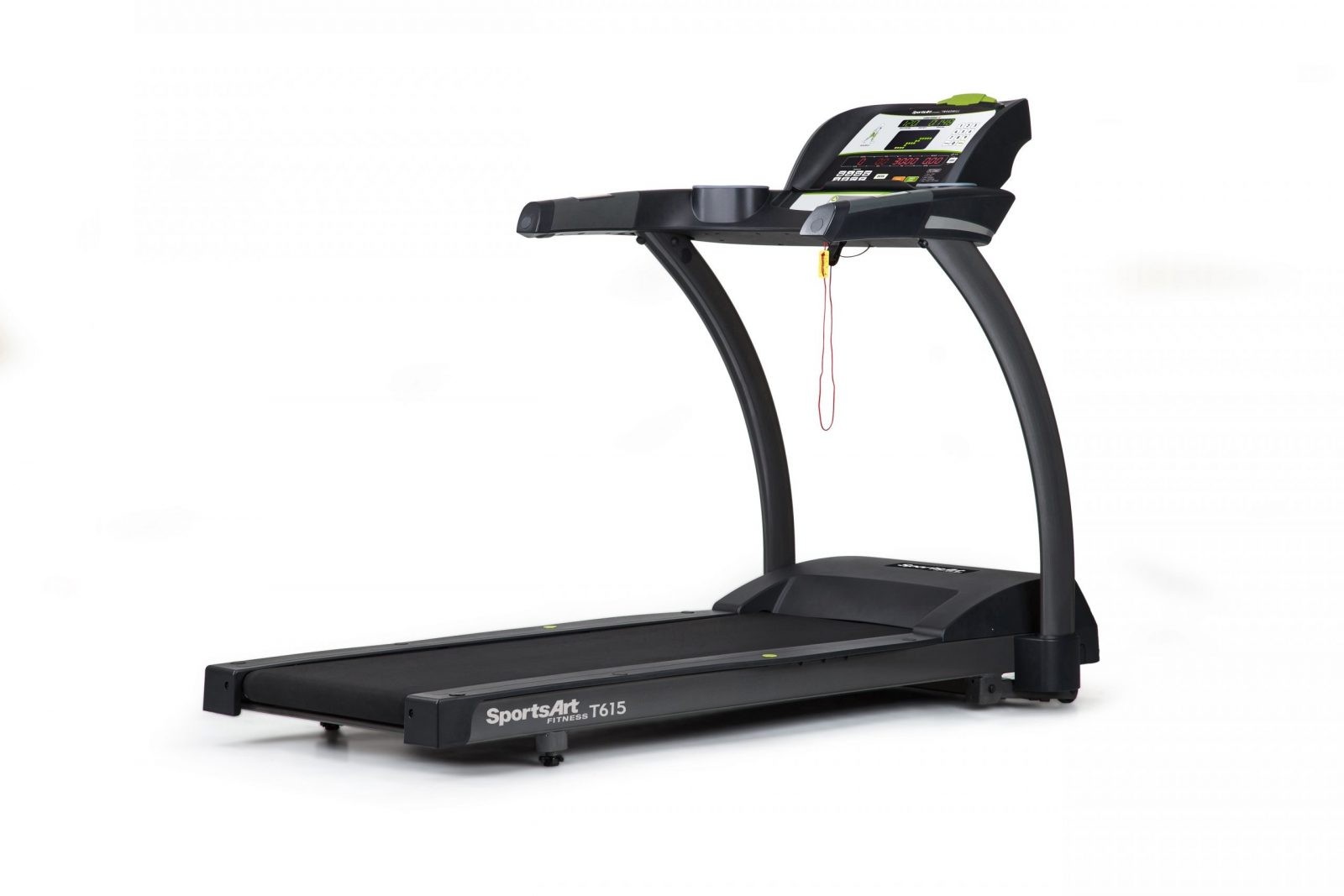
Introducing the New SportsArt T615-CHR Treadmill
May 11, 2020While fitness apps are a very popular way to workout at home, you don’t necessarily need to rely on one to achieve your health and fitness goals.
Fitness apps can be extremely beneficial however, only to certain types of workouts. Spin or cycling is one such workout, as are running apps that help you keep your pace so you can improve on the length of time you run. Low impact workout apps for yoga or pilates can be helpful, especially if you’re unfamiliar with poses or how to put together a flow.
While the biggest upside of workout apps is the convenience they offer, the downside is that there is little customization available for those who want to create tailored workouts.
Those looking to do strength training for example, don’t need the assistance of an app, in fact an app can hinder your workout since it isn’t tailored to your specific needs. Plus, it can be annoying and even dangerous in some cases, especially if you need to continually look down at the screen. It’s more important to practice and perfect your form, which is better done with the use of a mirror than referring to an app.
Another downside is that many fitness apps also require a subscription which is an unnecessary added expense. When many workouts are already available online at no cost.
The bottom line is that while a fitness app may be convenient, you don’t necessarily need one to get a great workout or to get yourself in better shape. This is especially true if you are looking to weight train or strength train. Instead, with a little planning you can create workouts that meet all of your goals for both cardio and strength training.
Below we’ll outline tips for creating your own personalized workouts:
Determine Your Fitness & Health Goals
This is the absolute first step and one that you cannot skip. If you don’t have specific goals in mind, you’ll be working out without a clear strategy. If you like working out just for the sake of it, that’s fine however, if you’re looking to make progress or improve in a certain area, you have to define your goals.
Such fitness and health goals may include:
- I want to lose weight
- I want to build muscle
- I am preparing for my first 5k
- I want to build tone
You can even be more specific in your goals, which might be ideal if you are someone who already works out. In this case, your goals may look something like:
- I want to bench press 315 pounds
- I want to increase my personal record for squats/deadlifts/etc
- I want to hold a crow pose for one minute
Goals matter, because they will curate your workout plan and in essence do half of the work for you. They also allow you to fine tune your approach so you don’t waste energy doing exercises that won’t bring you closer to achieving your goals.

How Much Time Can I Workout Each Week?
The next step in creating your workout plan is coming up with a realistic number for the frequency and lengths of your workouts. If you’re someone who already works out regularly, this should be easy (although you may want to consider increasing your workout sessions if they’re too short).
If you’ve never worked out before or are just starting up again, you should start small and gradually increase your workout times and frequency. A good place to start for a beginner is 30 minute workout sessions, 3 times a week.
Where Will I Workout?
This is another important question. If you are planning to workout at home, do you have a dedicated space to exercise? If not, you may want to create a space just for your workout equipment so you don’t have to take it out each time.
Another thing to consider is that you will likely be doing a variety of workouts so you may need more space than you thought. For example, you may plan to run on the treadmill a few times a week but also want to do some weight training, which means you’ll need to account for both workouts when it comes to dedicated space.
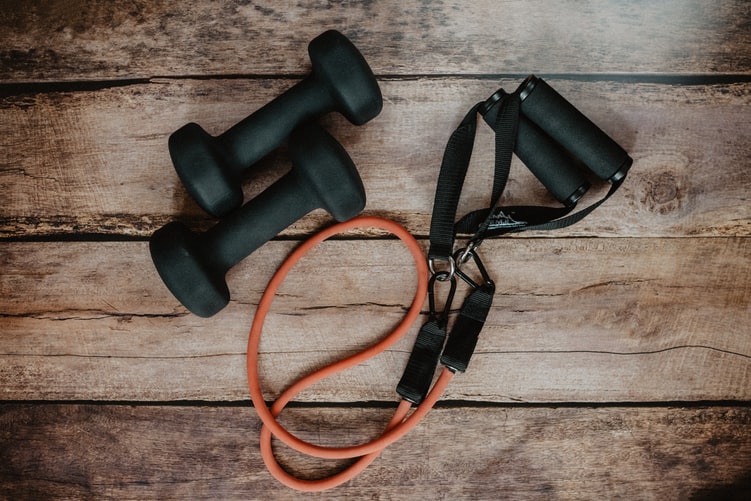
Creating Your Workout Plan
Once you’ve nailed the logistics of your how often and where you plan to workout, it’s time to actually define your workout plan.
Here are some good rules of thumb to use as a baseline for creating a weightlifting or strength training workout:
When introducing a new workout start with:
- 3 to 5 sets per exercise
- 8 to 10 reps per set when starting out
If you are trying to determine how many reps you should be doing consider which of the following align with your goals:
- Reps in the 1-5 range build super dense muscle and strength
- Reps in the 6-12 range build a equal amounts of muscular strength and muscular size
- Reps in the 12+ range build muscular endurance
You should also keep the following in mind:
- If you want to burn fat and build muscle, keep your number of repetitions per set in the 8-15 range per set.
- If you can do more than 15 reps without much of a challenge, increase the weight.
For cardio, yoga, and other types of workouts this is where fitness apps really shine, especially if you’re inexperienced at creating your own workouts. Apps can give you suggested cardio routines, running times, yoga flows, and much more.



